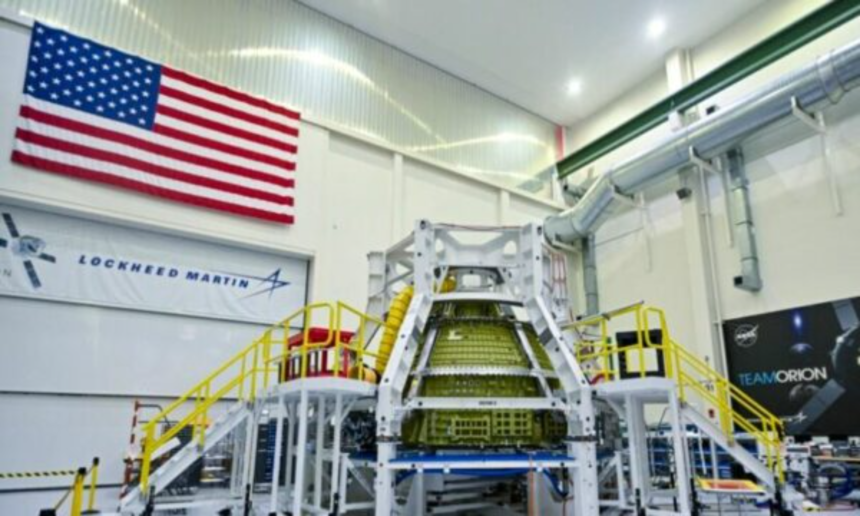The incoming administration of President-elect Donald Trump, who will assume office on January 20, plans to continue NASA’s efforts to return astronauts to the Moon’s surface. As Voice of America correspondent Kane Farabaugh reports, this mission heavily relies on partnerships with commercial space companies, reports VOA.
During a press conference on NASA’s plans for returning astronauts to the Moon, the agency’s administrator, Bill Nelson, emphasized the importance of collaboration in the Artemis program.
“It’s a commercial and international partnership,” said Nelson.
More than 50 countries are part of the Artemis Accords, which establish shared principles for advancing civil exploration and the use of outer space.
China, NASA’s main competitor and absent from the Artemis Accords, has announced plans to land a crew on the Moon by 2030.
NASA aims to beat China to the Moon, leveraging technologies developed by commercial space firms to achieve this goal.
Key Roles for SpaceX and Blue Origin
“SpaceX will operate a lander for Artemis 3. Artemis 4 will also involve SpaceX, while Artemis 5 will be conducted by Blue Origin,” Nelson explained.
The next Artemis mission is scheduled for 2026. Artemis 2 will carry a crew into lunar orbit without landing on the Moon. Reid Wiseman, the mission commander, expressed optimism:
“Our success lays the foundation for Artemis 3.”
Set for 2027, Artemis 3 aims to land near the Moon’s south pole to explore ice and water deposits. Bill Nelson highlighted Elon Musk’s expertise in spacecraft testing and rocket development as an asset for the Artemis mission, citing Musk’s connections with President-elect Trump as an additional advantage.
“These relationships can help secure vital funding for NASA,” Nelson noted.
Expanding Goals Beyond the Moon
NASA’s ambitions extend beyond the Moon. Charles Camarda, a former astronaut and NASA engineer, stated:
“We should use the Moon as a steppingstone for Mars exploration.”
Camarda, who flew in the 2005 Space Shuttle mission following the Columbia disaster, expressed concerns about NASA’s challenges, including technical issues with the Orion capsule’s heat shield.
While NASA believes it has resolved these problems, Camarda warned:
“This could either mark a turning point or the end of NASA as we know it.”
Transitioning Leadership Amidst Tight Deadlines
Pam Melroy, NASA’s deputy administrator and a former astronaut, stressed the importance of making decisions for Artemis before the new administration assumes power.
“Delays would be far more detrimental,” she stated.
President-elect Trump has announced his intention to appoint entrepreneur and pilot Jared Isaacman as the next NASA administrator. Isaacman, known for his historic orbital flights aboard SpaceX’s Dragon capsules in 2021 and 2024, is the first commercial astronaut to achieve such feats.







